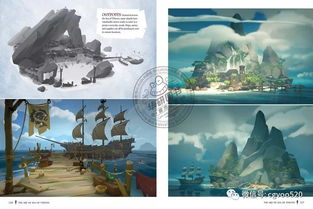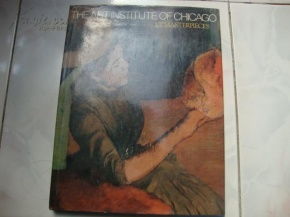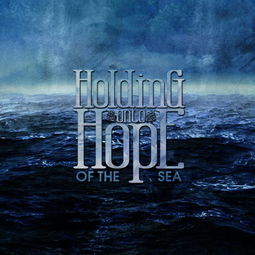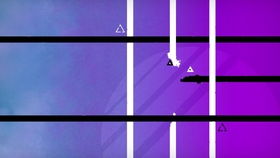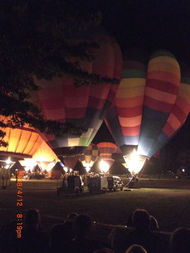Introduction: Fishing is a popular outdoor activity that provides relaxation, enjoyment, and the thrill of catching fish. Among the various fishing techniques, trolling is a highly effective method for catching a wide range of fish species. If you are a beginner looking to try your hand at trolling, this article will provide you with valuable tips and techniques to help you get started and increase your chances of success.
Understanding Trolling: Before diving into the techniques, it is important to have a basic understanding of what trolling is. Trolling is a method of fishing where a lure or bait is pulled behind a moving boat. The motion simulates the natural movement of fish, attracting them to strike. This technique is often used in open water and can be effective for catching a variety of fish species.
Choosing the Right Trolling Gear: To start your trolling adventure, you will need the following equipment:
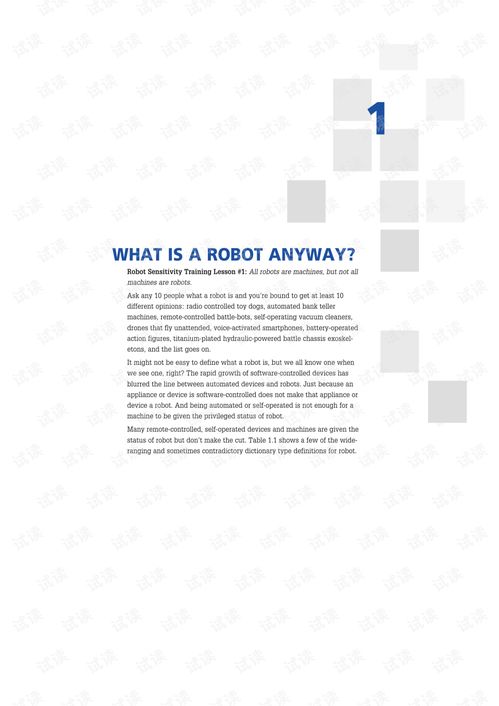
a. Rod and Reel: A medium-heavy to heavy-duty rod and reel combination is recommended for trolling. The rod should be long enough to handle the line and lure, and the reel should be capable of handling the desired line capacity.
b. Line: Monofilament or braided line is commonly used for trolling. Monofilament line is flexible and less likely to tangle, while braided line offers better sensitivity and strength.
c. Lures: There are various types of lures suitable for trolling, including spoons, plugs, and artificial flies. Choose lures that match the fish species you are targeting and the conditions of the water body.
d. Trolling Motor: A trolling motor is an essential tool for maintaining a steady speed while trolling. It allows you to cover a larger area and adjust your speed as needed.
Trolling Techniques:
a. Start with a Slow Speed: Begin by trolling at a slow speed, usually around 1-2 knots. This allows the lure to move naturally and attract fish. As you become more comfortable, you can increase the speed.
b. Vary Your Depth: Trolling at different depths can increase your chances of catching fish. Experiment with different lure placements, starting from the surface and gradually moving down to the desired depth.
c. Use Multiple Lures: Trolling with multiple lures can increase your chances of attracting fish. However, be cautious not to overload your rod and reel, as it can lead to tangled lines and decreased sensitivity.
d. Pay Attention to the Bait: Keep an eye on your lures and be prepared to react quickly. If you see a fish following or striking your lure, don't hesitate to set the hook.
e. Change Your Lure Selection: If you are not having any luck, try changing your lure. Different fish species may prefer different types of lures, so experimenting with various options can help you find the right one.
Safety Precautions:
a. Always wear a life jacket when fishing from a boat, especially if you are a beginner.
b. Be aware of your surroundings, including other boats, buoys, and underwater obstacles.
c. Check the weather forecast and sea conditions before heading out on the water.
Practice and Patience:
a. Like any skill, trolling requires practice. Spend time on the water, experimenting with different techniques and lures.
b. Be patient and don't get discouraged if you don't catch fish immediately. Trolling can sometimes be a slow process, but the rewards are worth the wait.
Conclusion: Trolling is a rewarding fishing technique that can provide you with endless hours of enjoyment on the water. By following these beginner-friendly tips and techniques, you can increase your chances of success and become a proficient troll fisherman. Remember to practice safety, be patient, and have fun as you explore the wonders of fishing. Happy trolling!
